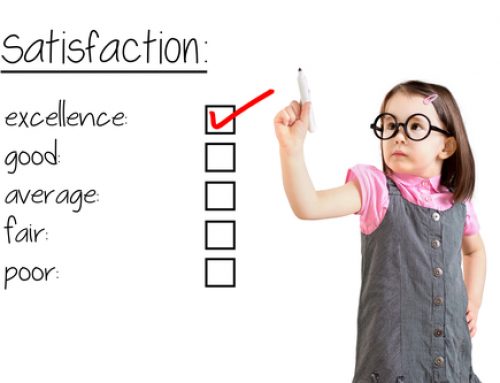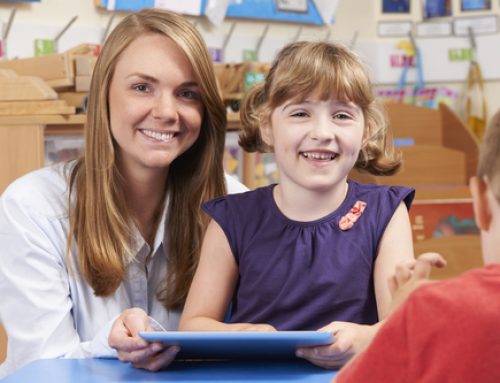
Having a professional pedagogy which includes the concept that children are capable and competent, provides a foundation for learning and development where educators can provide a unique learning environment for every child. The result of this is empowered children who thrive, with the ability to achieve learning outcomes in a variety of contexts.
Supporting a child in their learning is crucial to developing capable and competent learners however, educators need to be mindful of their influence and should aim to be an enabler of learning rather than an enabler of task completion.
It takes a skilled practitioner to provide learning through discovery rather than direction.
Supportive scaffolding with capable learners may be broken down into six stages:
Identification
Identifying a learning opportunity through observation or responding to call for assistance from a child.
Questioning
To understand the problem, ask questions to identify the roadblocks for success. Questioning is not just for the benefit of the educator’s understanding. It is a strategy to assist a child to discover a more in depth appreciation about the issue at hand and to enable connections to be made to solve the problem themselves, if possible.
What is the problem? What is a potential solution? What skills/steps are needed to resolve the issue?
Scaffolding
Provide the necessary skills by modelling and explaining how something is done. Be logical and linear in the explanation by proving a number of incremental steps to develop a new skill set.
Take the lead when the need exists but challenge and be led when the opportunity presents.
Participation/co-construction
Give opportunity for active participation in the development of a new skill. Provide sufficient support to enable a successful resolution, but not so much to take away the satisfaction of accomplishing the task or diminish the learning experience. Encouragement and praise can be used successfully to develop patience, skill acquisition and confidence.
Reflection
Reflective practice is about the improvement of teaching and the optimization of learning. Being reflective during and after interactions can provide valuable insight into dealing with successive learning interactions.
During
At what point can the child take the lead? What is the minimum I can to do to ensure success or a learning opportunity or point of reflection for the child?
After
Was the problem resolved? How much assistance was given? Was it too much or not enough to complete the task? What was done well? Where could improvements be made to what was needed to achieve a task and what I did?
Self determination
This is the point where a child controls their own actions and learning, having mastered a new skill. It is most evident when a child can recognise a problem and be assistive while being instructive and sharing their knowledge with their peers. This is a time for educators to celebrate the success of developing a capable and competent child.
How to apply this.
Recognise that all development though learning cannot be prescribed. Each experience will be different for each person involved, including the educator and the child. By providing a fluid learning environment where mistakes can be celebrated and opportunity for discovery are encouraged, will undoubtedly ensure that successful, capable and competent children will grow.








